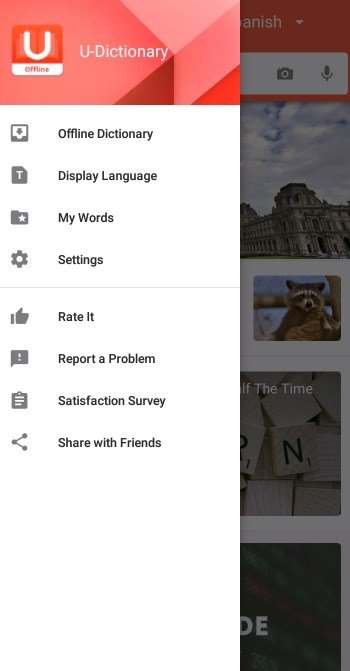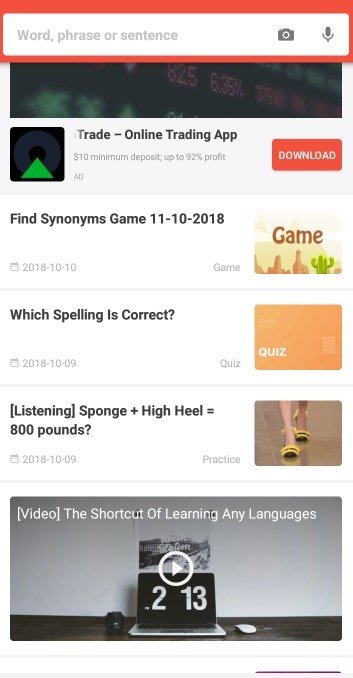
The O*Net is now the primary source of occupational information. The DOT was replaced by the O*Net, and ETA no longer supports the DOT.

The Dictionary of Occupational Titles (DOT) was created under the sponsorship by the Employment and Training Administration (ETA), and was last updated in 1991. C., Linguistic class-indicators in present-day English (6.Status of the Dictionary of Occupational Titles use in Social Security disability adjudications Charlotte Mosley (ed.) The Letters of Nancy Mitford and Evelyn Waugh.Watching the English: The Hidden Rules of English Behaviour. Reprinted Oxford : Oxford University Press, 2002, ISBN 0-19-860520-X. 75–76: "Terminology Rules – U and Non-U Revisited". ^ Fox, Watching the English: The Hidden Rules of English Behaviour, pp.C., Linguistic class-indicators in present-day English, Neuphilologische Mitteilungen (Helsinki), vol. Notably, the upper class would use 'toilet' whereas the middle would say 'lavatory', an inversion of the British usage.

For instance, the American upper class said 'curtains', whilst the middle class used 'drapes'. American usage Ī study in 1940 on the speaking differences between the American upper and middle classes revealed a strong similarity with the results of Ross's research. However, many, if not most, of the differences remain very much current, and can therefore continue to be used as class indicators. Some of the terms and the ideas behind them were largely obsolete by the late 20th century, when, in the United Kingdom, reverse snobbery led younger members of the British upper and middle classes to adopt elements of working class speech, such as Estuary English or Mockney. In the meantime, the idea that one might "improve oneself" by adopting the culture and manner of one's "betters", instinctively assented to before World War II, was now greeted with resentment. In particular the media used it as a launch pad for many stories, making much more out of it than was first intended.

This was a reflection of the anxieties of the middle class in Britain of the 1950s, recently emerged from post-war austerities. The issue of U and non-U could have been taken lightheartedly, but at the time many took it very seriously.
U OF U DICTIONARY HOW TO
Betjeman's poem How to Get On in Society concluded the collection. The essay was reprinted, with contributions by Evelyn Waugh, John Betjeman, and others, as well as a "condensed and simplified version" of Ross' original article, as Noblesse Oblige: an Enquiry into the Identifiable Characteristics of the English Aristocracy in 1956. Mitford provided a glossary of terms used by the upper classes (some appear in the table), unleashing an anxious national debate about English class-consciousness and snobbery, which involved a good deal of soul-searching that itself provided fuel for the fires. The upper class English author Nancy Mitford was alerted and immediately took up the usage in an essay, "The English Aristocracy", which Stephen Spender published in his magazine Encounter in 1954. Though his article included differences in pronunciation and writing styles, it was his remark about differences of vocabulary that received the most attention.
U OF U DICTIONARY PROFESSIONAL
He coined the terms "U" and "non-U" in an article, on the differences that social class makes in English language usage, published in a Finnish professional linguistics journal. Ross, professor of linguistics in the University of Birmingham. The discussion was set in motion in 1954 by the British linguist Alan S.

The different vocabularies can often appear quite counter-intuitive: the middle classes prefer "fancy" or fashionable words, even neologisms and often euphemisms, in attempts to make themselves sound more refined ( "posher than posh"), while the upper classes in many cases stick to the same plain and traditional words that the working classes also use, as, confident in the security of their social position, they have no need to seek to display refinement. U and non-U English usage, with "U" standing for upper class, and "non-U" representing the aspiring middle classes, was part of the terminology of popular discourse of social dialects ( sociolects) in Britain in the 1950s.


 0 kommentar(er)
0 kommentar(er)
